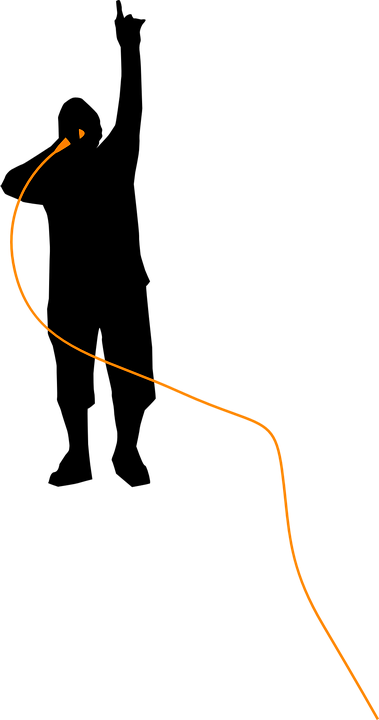despite
Impressionism in music
 Impressionism originated in France when a group of artists — C. Monet, C. Pissarro, A. Sis-ley, E. Degas, O. Renoir, and others — performed their original paintings at Paris exhibitions of the 1970s. Their art was very different from the smoothed and faceless works of the then painters and academics: the Impressionists left the workshops to the open air, learned to reproduce the play of the living colors of nature, the sparkle of sunlight, colorful highlights on the moving river surface, the diversity of the festive crowd. Painters used a special technique of fluent spots and brushstrokes, which seemed disorderly near, and at a distance gave rise to a real feeling of a lively play of colors, bizarre modulations of light. The freshness of an instant impression was combined in their canvases with the subtlety and refinement of psychological moods. Continue reading
Impressionism originated in France when a group of artists — C. Monet, C. Pissarro, A. Sis-ley, E. Degas, O. Renoir, and others — performed their original paintings at Paris exhibitions of the 1970s. Their art was very different from the smoothed and faceless works of the then painters and academics: the Impressionists left the workshops to the open air, learned to reproduce the play of the living colors of nature, the sparkle of sunlight, colorful highlights on the moving river surface, the diversity of the festive crowd. Painters used a special technique of fluent spots and brushstrokes, which seemed disorderly near, and at a distance gave rise to a real feeling of a lively play of colors, bizarre modulations of light. The freshness of an instant impression was combined in their canvases with the subtlety and refinement of psychological moods. Continue reading
Sympho-electronic music
 Electronic music is music whose creation uses electronic musical instruments and technology. Electronic music consists of sounds that are formed using electronic technologies and electromechanical musical instruments. Examples of electromechanical musical instruments are the Tellarmonium, the Hammond organ and the electric guitar. Pure electronic sound is obtained using such instruments as a theremin, a synthesizer and a computer.
Electronic music is music whose creation uses electronic musical instruments and technology. Electronic music consists of sounds that are formed using electronic technologies and electromechanical musical instruments. Examples of electromechanical musical instruments are the Tellarmonium, the Hammond organ and the electric guitar. Pure electronic sound is obtained using such instruments as a theremin, a synthesizer and a computer.
Electronic music was previously associated only with Western academic music, but in the late 60s affordable electronic synthesizers appeared. Due to its moderate cost, they are now available to the general public, and not just to major recording studios, as it was before. This event dramatically changed the image of popular music – many rock and pop artists began to use synthesizers. Today, electronic music includes a large number of different styles from experimental academic music to popular electronic dance music. Continue reading
What is an equalizer?
 Equalizer (English equalize – “equalize”, the general abbreviation – “EQ”), timbre is a device or a computer program that allows you to increase or decrease the volume of individual zones of the frequency range, equalize the amplitude-frequency characteristic of the audio signal, that is, correct it (signal) amplitude selectively, depending on the frequency.
Equalizer (English equalize – “equalize”, the general abbreviation – “EQ”), timbre is a device or a computer program that allows you to increase or decrease the volume of individual zones of the frequency range, equalize the amplitude-frequency characteristic of the audio signal, that is, correct it (signal) amplitude selectively, depending on the frequency.
Born in the 30s, the equalizer is the oldest and most commonly used sound engineer for sound processing. Today, the market lacks a variety of instruments for timbre correction – from a simple low-frequency treble corrector of the 50s to a sophisticated multi-band equalizer with perfect parametric. Continue reading




